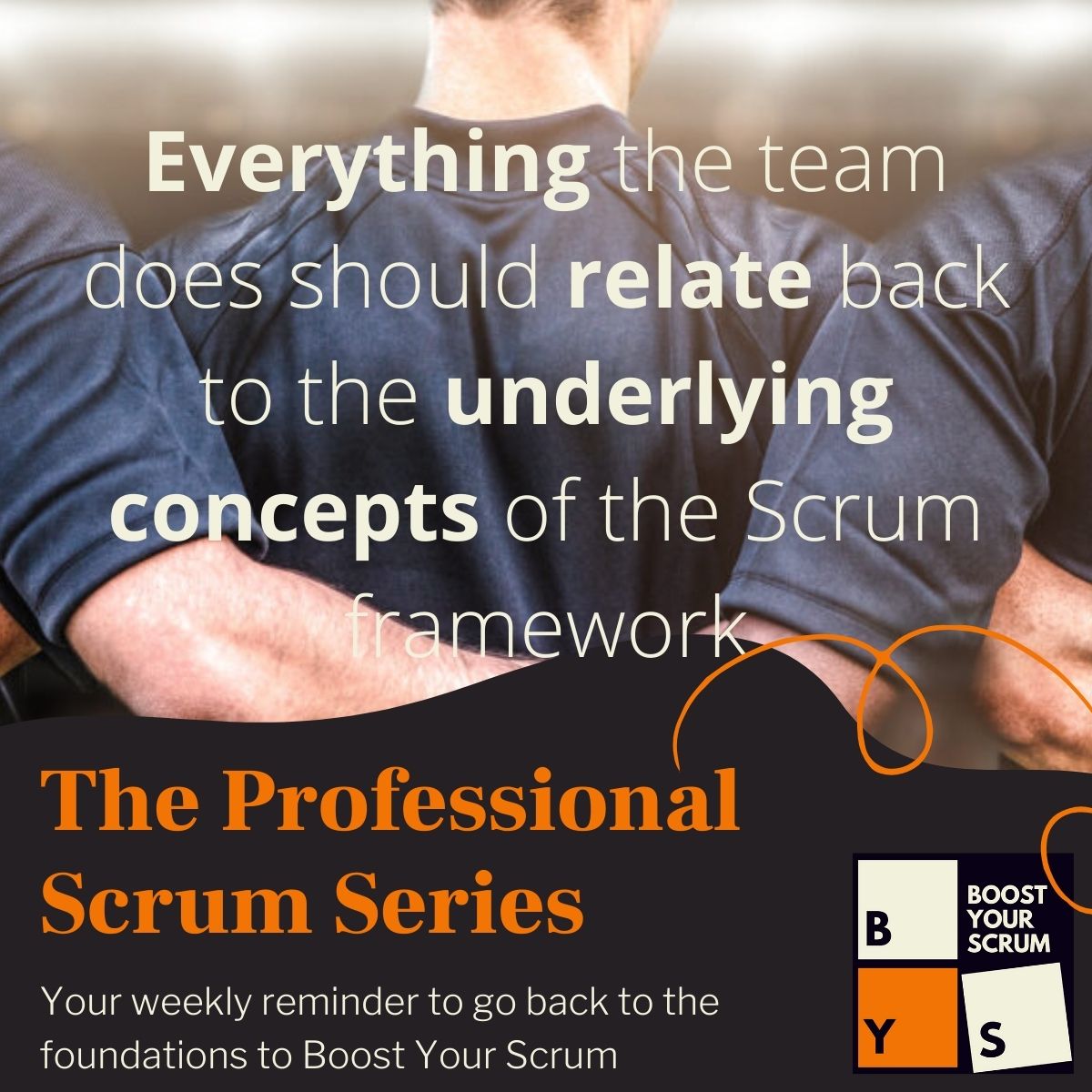In the heat of "the battle" teams tend to forget why they use the Scrum framework after all and what the foundations are of it. Why do we have Sprint Planning sessions every other week, why does our Product Owner has these or those accountabilities, why did we started using a team board after all, why did...
There are loads of blogs and articles on specific practices, tools and techniques. Some easy, some way more advanced. Whatever the practices you and your team are using, there are some fundamentals that always need to be taken into account. Always.
In this series of short blog posts I want to bring you back to these foundations. Not basic, or easy, or straightforward things. No. To the foundations. If you don't have solid foundations, a house collapses sooner or later. If you don't understand these underlying concepts and keep them alive, your use of the Scrum framework will feel mechanical, robotic, probably boring and likely no longer useful.
A professional use of the Scrum framework though is not about “doing” Scrum, doing the events or having the artefacts. Everything we do while aiming for professionally using Scrum has something to do with at least one of the following, probably a few, or hopefully all of these underlying concepts:
- Empiricism: knowledge comes from experience, and we make decisions based on what is known. Empiricism has three pillars, and Scrum is built on these: transparency, inspection and adaptation.
- Scrum Values: when the Scrum Team lives the values of commitment, courage, focus, openness and respect, then empiricism starts to work and trust is being built. And trust is needed to grow transparency.
- the Scrum Team becomes more and more self-managing and cross-functional. They build up all skills needed to create value each and every Sprint, and they can decide what work needs to be done, who does it and how to do it in the most effective way.
- during each Sprint, a Done Increment of working product is created at least once, so that it can be released if it provides enough value to the market, the users, the stakeholders.
So let me repeat this: everything we do while aiming for a professional, impactful use of Scrum has something to do with at least one of the above, probably a few, or hopefully all of these underlying concepts.
And this is what we'll cover in this series: short insights and reminders on how everything ties back to these core concepts.
Summary:
It is not about doing the Scrum events, or having some stuff named as the Scrum artifacts, or having people with titles as the Scrum accountabilities. It is all about bringing transparency, inspecting against goals, and adapting to get closer to our goals.
Prompt:
Start up the conversation with your team how you see these core concepts, mentioned above, coming back in your current ways of working.
We hope you will find value in these short posts and if you are looking for more clarifications, feel free to take contact.
PS. Next week we'll start with Transparency and Sprint Planning.
If you want to take a deeper dive into the core concepts we are covering in this blog series, then surely check out our Professional Scrum MasterY workshop. We have some scheduled in the coming period.
Don't want to miss any of these blog posts? Have the professional Scrum foundations series weekly in your mailbox.

